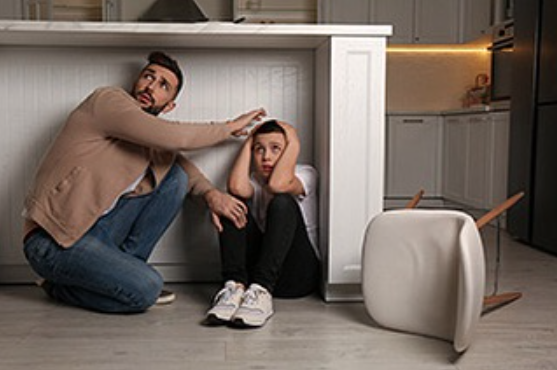Sarasota Insurance Agency >> blog

An earthquake is a sudden, rapid shaking of the earth caused by the shifting of underground rock. Deaths and injuries occur when people fall trying to walk or run during shaking or when they are hit by falling debris. Smaller earthquakes, called aftershocks, always follow the mainshock. Earthquakes can cause tsunamis, landslides, fires, and damage to utilities. Earthquakes can happen anywhere, and there is no way to predict them. But we can take action to prepare. Prepare now to protect yourself, your loved ones, and your home.
Prepare with Pedro: Earthquake
You'll find downloadable digital resources, videos on earthquakes and more at redcross.org/youthprep.
Earthquakes can happen anywhere but are more common in certain areas. Find out if you live in an area prone to earthquakes.
During an earthquake, you should Drop, Cover, and Hold On to protect yourself from falling debris. Practice with your entire household so everyone knows what to do. Here is how to practice:
DROP where you are onto your hands and knees.
COVER your head and neck with your arms.
HOLD ON until the shaking stops.
Red Cross checklists are available in multiple languages
2023-11-28 10:35:30